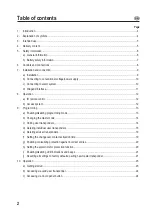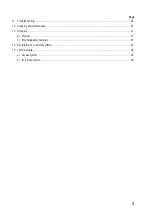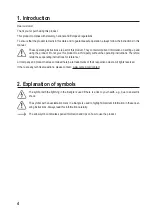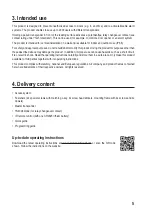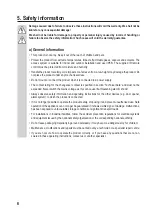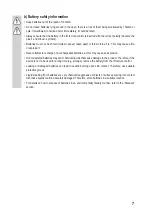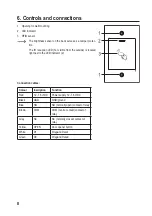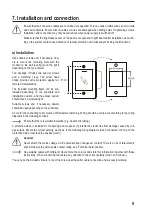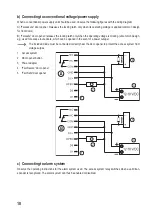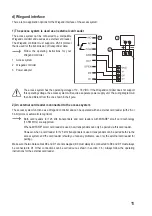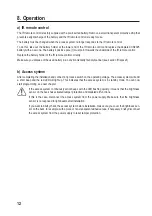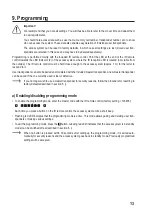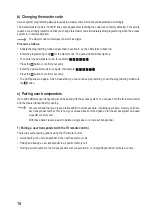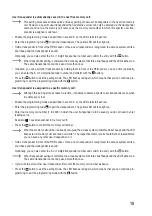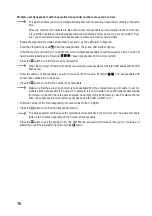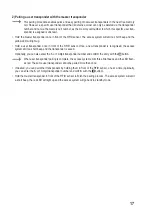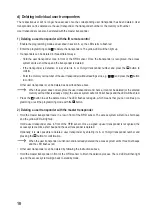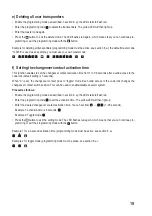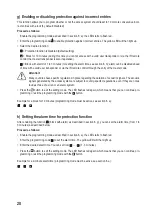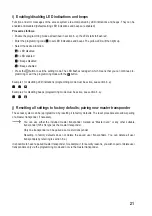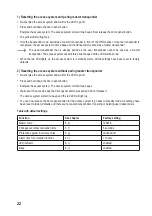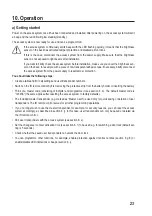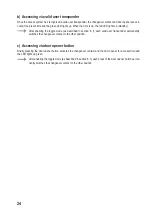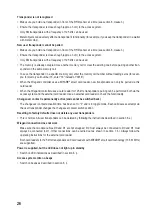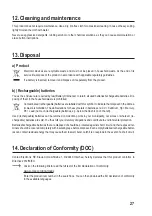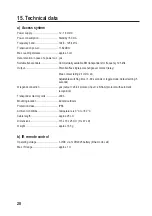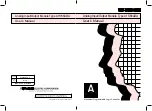
15
User transponder is automatically saved in the next free memory cell:
This pairing procedure enables quick and easy pairing of new user transponders in the next free memory
cell. However, a specific user transponder that is defective or lost can only be deleted via the transponder
number and not via the memory cell number, as the memory cell number to which this specific user tran
-
sponder is assigned is unknown.
• Enable the programming mode as described in section 8. a); the LED starts to flash red.
•
Enter the programming code to pair the transponders. The yellow LED will then light up.
•
Hold a transponder in front of the RFID sensor. Once a new transponder is recognised, the access system emits a
short beep and the transponder is saved.
Optionally, you can also enter the 8- or 10-digit transponder number and confirm the entry with the
button.
When transponder pairing is complete, the access system emits three brief beeps and the LED flashes red.
The same transponder cannot be paired more than once.
•
If desired, you can pair other transponders by holding them in front of the RFID sensor, one at a time (optionally,
you can enter the 8- or 10-digit transponder number and confirm with the
button).
•
Press the
button to exit the pairing mode. The LED flashes red again, which means that you can continue pro
-
gramming or exit the programming mode with the button.
User transponder is assigned to a specific memory cell:
Although this pairing process takes more time, it enables to delete a specific user transponder even when
it is defective or lost.
• Enable the programming mode as described in section 8. a); the LED starts to flash red.
•
Enter the programming code to pair the transponders. The yellow LED will then light up.
•
Enter the memory cell number (1 to 2000) in which the user transponder is to be saved; you do not need to enter
leading zeros.
Example: = save transponder in memory cell 6
•
Press the
button to confirm the memory cell number.
When the memory cell number is already occupied, the access system emits three brief beeps and the LED
flashes red. A memory cell cannot be overwritten. The respective memory cell should first be cleared before
you can save any other user transponder in it.
•
Hold a transponder in front of the RFID sensor. Once a new transponder is recognised, the access system emits a
short beep and the transponder is saved.
Optionally, you can also enter the 8- or 10-digit transponder number and confirm the entry with the
button.
When transponder pairing is complete, the access system emits three brief beeps and the LED flashes red.
The same transponder cannot be paired more than once.
• If you wish to pair another user transponder, first enter the memory cell number as above.
•
Press the
button to exit the pairing mode. The LED flashes red again, which means that you can continue pro
-
gramming or exit the programming mode with the button.
Summary of Contents for 2380477
Page 1: ...Operating Instructions RFID access system Item no 2380477 ...
Page 29: ...29 ...
Page 30: ...30 ...
Page 31: ...31 ...


